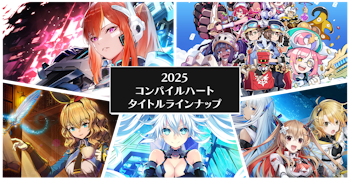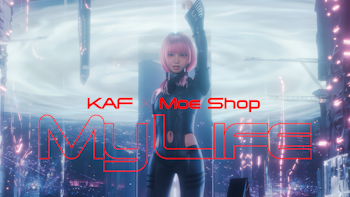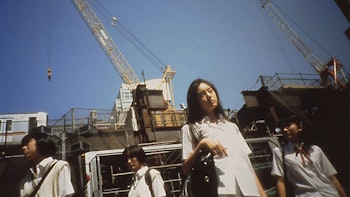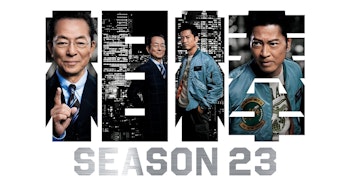
Gegege no Kitaro was always a horror series. The Birth of Kitaro: The Mystery of Gegege, the most recent film in the series, simply reimagines the horror-infused storytelling for a modern audience.
For present-day sensibilities, many aspects of the original manga by Shigeru Mizuki may seem somewhat tame. His stories follow Kitaro, a boy born of yokai parents that, as a connecting branch between humans and yokai, seeks to find a way for both to live together. His stories touch upon yokai folklore and re-popularized them with postwar audiences, and though these short episodic tales place Kitaro in direct contact with these malevolent spirits, Mizuki doesn’t hold back in showcasing each side's propensity for evil. In the story Ghost Train, Kitaro and Nezumi-Otoko are talking to two men who disbelieve in the existence of yokai. After punching Kitaro, he tricks the men onto a train with yokai, and as the journey continues the seemingly-human passengers transform into yokai and corpses of the dead.
Over the years, the series took on a more comedic slant that made it more approachable after being deemed too scary for younger audiences, but the dread and fear that both humans and yokai can instill remains core to the DNA of the series. Even in future anime adaptations aimed at all-ages audiences, including the most recent 2018 anime that brought the stories of the original manga into the modern day, there is an inherent unease that permeates the series.
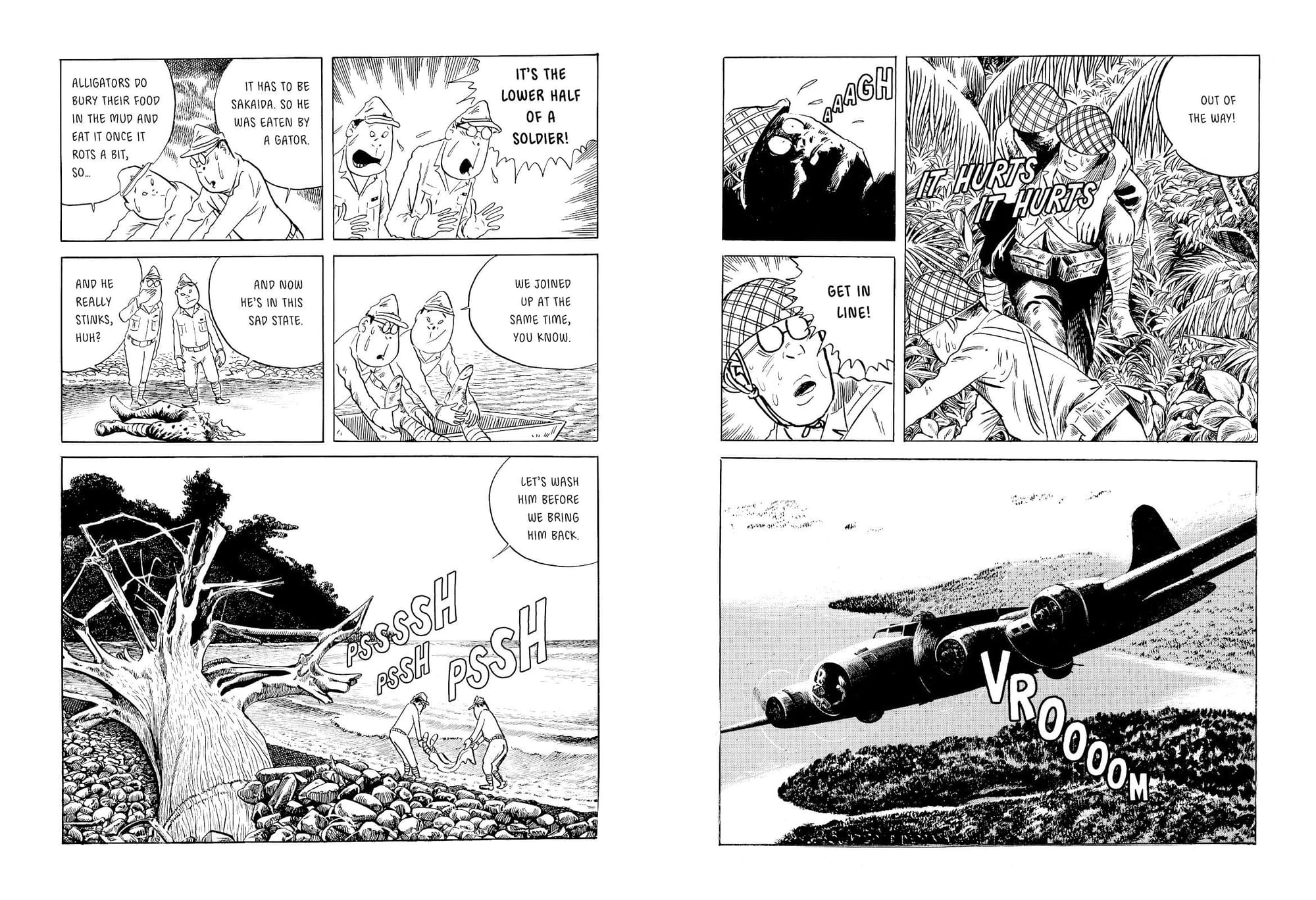
This is by design: much of the original stories were not only inspired by yokai but Mizuki’s experiences as a soldier in World War II, which ended with him losing his dominant arm and being forced to learn to draw after leaving the army. Beyond Gegege no Kitaro, numerous of the creator’s manga focused on the horrors of war, including stories like Onward Towards Our Noble Deaths that tells a semi-autobiographical tale of the final weeks of World War II and paints a damning light on, among other things, comfort women and militarism.
Humanity can be just as fearful as yokai.
To mark 100 years since the birth of Shigeru Mizuki in 2022, numerous projects based on his iconic franchise were announced. One of these was The Birth of Kitaro: The Mystery of Gegege, which released in 2023 to strong critical and commercial success. The film is an original story that acted as a prequel to the franchise and sought to explore the birth of Kitaro himself. Set in 1955, a young salaryman named Mizuki is sent to the countryside to meet a man named Tokisada, head of the powerful Ryuga clan and who supposedly holds access to a mysterious new medication. The village the clan sits in is cursed, however, and after Mizuki meets Kitaro’s father in this village, the death of Tokisada leads to a violent power struggle and other supernatural events.
Although the initial cut of the film was already darker than the series is typically accustomed to in animated form, the release of an R15-rated cut of the film earlier this month allows director Go Koga to fully embrace the darker themes of Shigeru Mizuki’s work. The result is a film that takes a violent swipe at the world around it, and a worthy successor to the mangaka’s legacy.
This is an unsettling, angry film, more so in this R15 edition featuring over 300 new, extended or amended cuts of animation that emphasize the bloodier, darker ideas within the story being told. The titular Kitaro is a non-presence in the film for the shifted focus to his father’s search for his wife, one which sees him build a relationship with Mizuki and sets the stage for the murder mystery in the Ryuga clan that sits at the heart of this tale.
Indeed, it is Mizuki that is arguably the film’s true protagonist, initially introduced as a greedy career-chasing man hoping to make a name for himself. It’s no coincidence he shares the name of the original mangaka either, as this character is similarly a war veteran suffering the after-effects of PTSD from World War II.
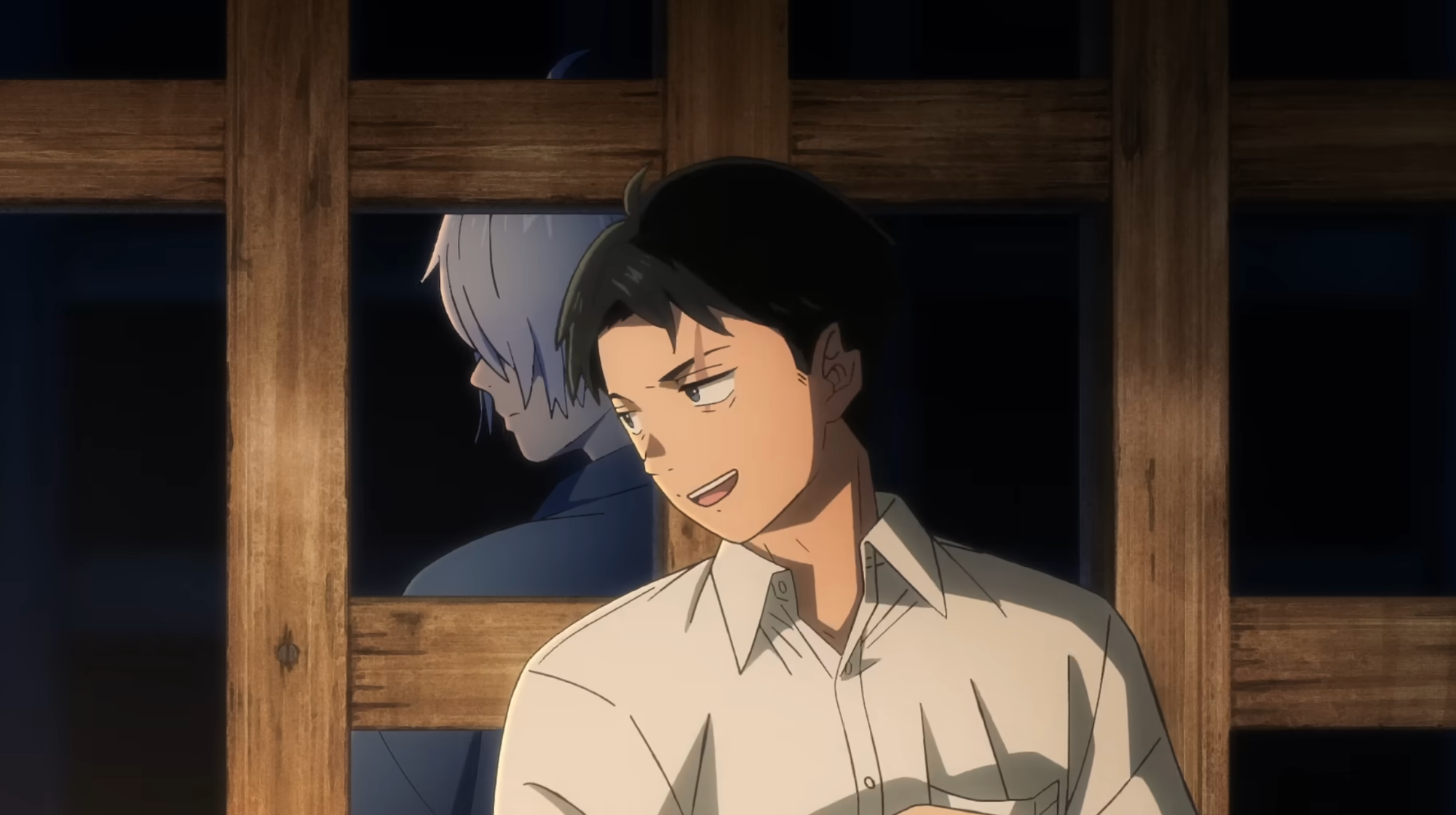
The friendship with Kitaro’s father, a core tenet of the story, is one that comes from projecting his own survival instincts outwards by stepping in to save the yokai after he is set to be executed for Tokisada’s murder. Just as he fought to survive in wartime because it was the only right thing to do in the face of such violence and cruelty, the at-first cold Mizuki’s humanity first comes to fore as he steps in to halt this execution to prevent a man being murdered without proof for his crime.
Across the remaining runtime, attempts to uncover the truth behind the murder of Tokisada and the subsequent deaths of other members of the family tells a story which explores Japanese war guilt, fascist intent, and the perpetuation of cycles of violence that both attempts to understand the man behind the original manga and bring these core themes of the original series to an audience removed from the tragedies which inspired it. The Ryuga clan are a stand-in for much of this: rather than exploiting Japanese civilians to push forwards with a senseless war, this manifests in their exploitation of yokai, and the acts of incest, abuse and violence that are enacted on those that serve a threat to their status.

As much as this builds on the original mangaka’s own experiences of war and the fascists in power during World War II, this film pulls no illusions in reminding audiences these are issues far from resigned to the annuls of history. Watching the self-aggrandizing clan murdered, impaled and beaten one by one either by each other or the spirits of thousands wronged at their hands is a pointed critique and warning against the nationalistic, jingoistic rhetoric that only resonates louder today as such voices once again infect Japanese and global politics.
Kitaro’s titular birth is a pacifist, hopeful path forwards, true to Mizuki’s intent for the original series. Kitaro’s existence is not an inevitability, it’s a necessity. As a representation of hope he exists so that we learn from the past, lest we repeat it. Just as yokai are not necessarily evil, the desire of Kitaro to bridge peace between humans and yokai reminds how evil can sprout on all sides, and the only way to break beyond stereotypes and this cycle is to understand.
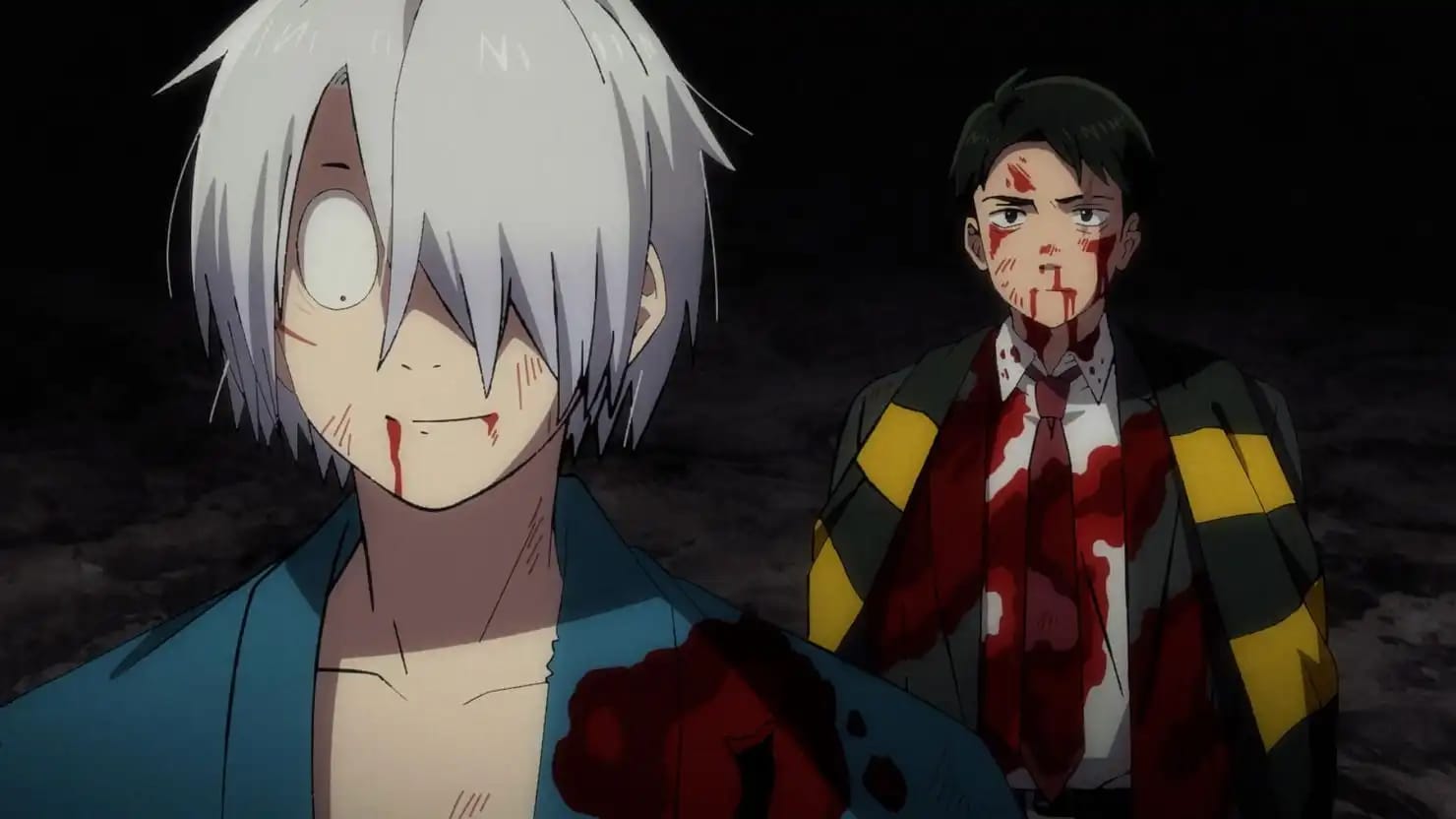
We’re in a movement of new stories seeking to understand what yokai and Kitaro is in the modern day, with both this film and the in-development game Noroi Kago showcasing just two possible interpretations on this. The Birth of Kitaro: The Mystery of Gegege flips the origin story into a semi-autobiographical tale of the creator who made him and a retort against the violence and creeping fascism of our modern world. It’s not a perfect exploration of these ideas - the first half of the film suffers from pacing issues that make it difficult to initially get invested in this story due to an overload of information - but it’s a fascinating one nonetheless.
Shigeru Mizuki created Gegege no Kitaro and other stories in his career following this same hopeful mindset, and there’s perhaps no greater tribute than a movie like this which can truly embody this legacy.




